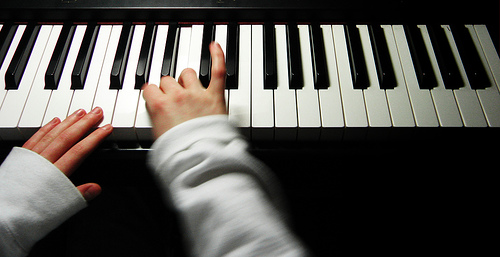 As a piano teacher, you have probably been in the situation where you felt that using your favorite traditional piano method might not be the best choice for a particular new student’s situation.
As a piano teacher, you have probably been in the situation where you felt that using your favorite traditional piano method might not be the best choice for a particular new student’s situation.
For example, perhaps you have a new student who already has experience reading music from school or band. Or an older beginner with a great ear who is largely self-taught. Or an adult student who is returning to piano lessons after a number of years. Or perhaps you have an average-age beginner who isn’t thriving in their method books and would benefit from additional supplement.
For those special situations, it is useful to be familiar with some method book alternatives, which I fondly refer to as “un-methods.” Un-methods are useful for creating structure in weekly piano assignments while maintaining the flexibility to round out the student’s curriculum with other styles of music they are interested in. In my mind, an un-method must meet at least two out of these three criteria:
- Uses on-staff note reading.
- Little to no illustrations or text on the page.
- All-in-one book, for the most part.
Below is my list of some un-methods that you might enjoy exploring!
Right From The Start, by Lynn Freeman Olson (Fischer)
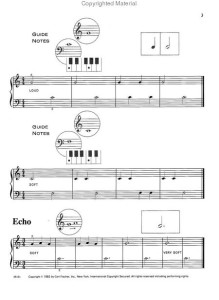
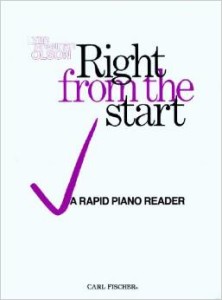 As the cover states, this thin volume is a “rapid piano reader.” Teachers who appreciate a landmark (aka interval) reading approach will appreciate the way this on-staff book begins: by teaching Bass F, Middle C, and Treble G. The book provides a solid, no-nonsense approach. I think it is a great book that truly leaves the teaching up to the teacher!
As the cover states, this thin volume is a “rapid piano reader.” Teachers who appreciate a landmark (aka interval) reading approach will appreciate the way this on-staff book begins: by teaching Bass F, Middle C, and Treble G. The book provides a solid, no-nonsense approach. I think it is a great book that truly leaves the teaching up to the teacher!
By the end of this 30-page book, students are playing basic rhythms (no eighth notes, unfortunately) within quarter note meters (3/4 and 4/4 time), a variety of articulations (staccato, legato) and notes covering the entire grand staff.
View it on Amazon or SheetMusicPlus.com. Continue reading ““Un-Method” Books for Piano Students” →
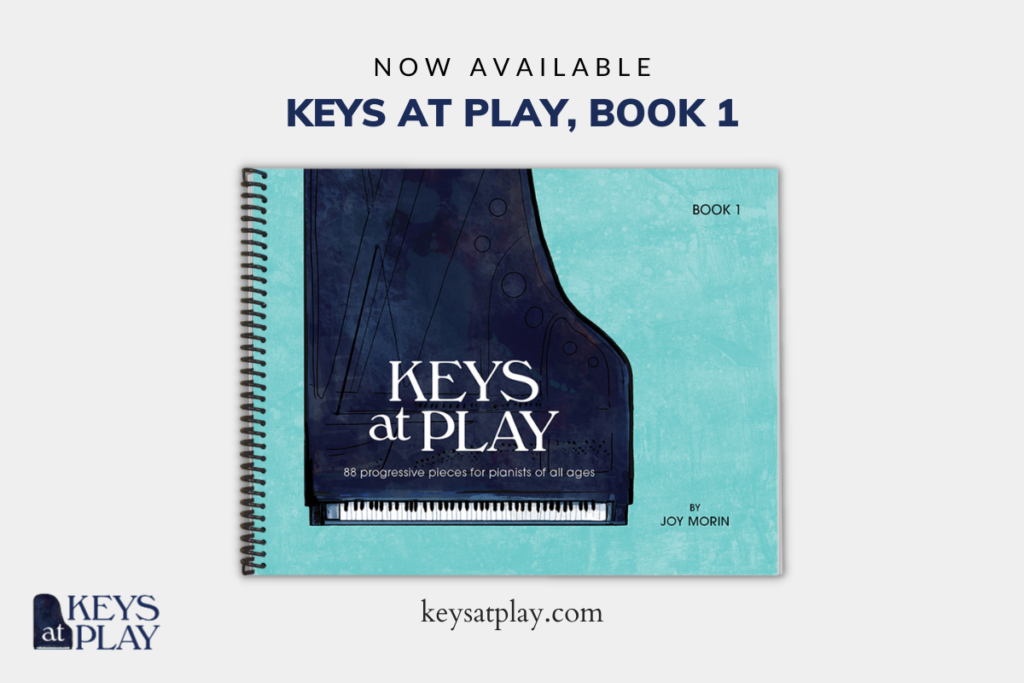


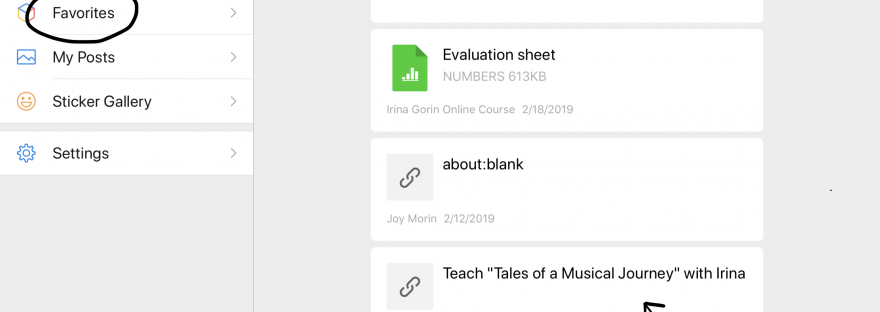
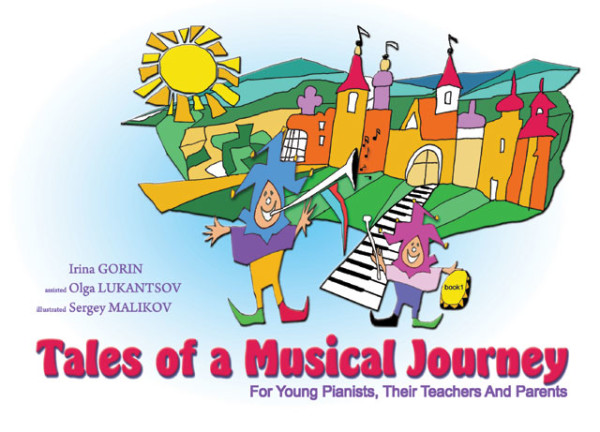
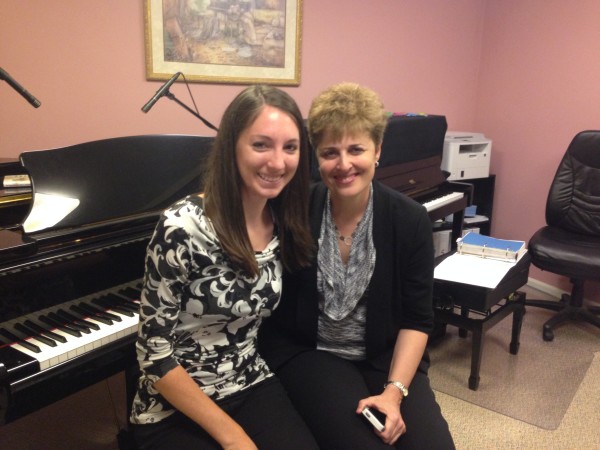

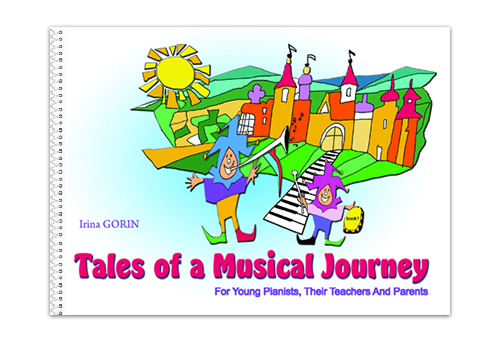

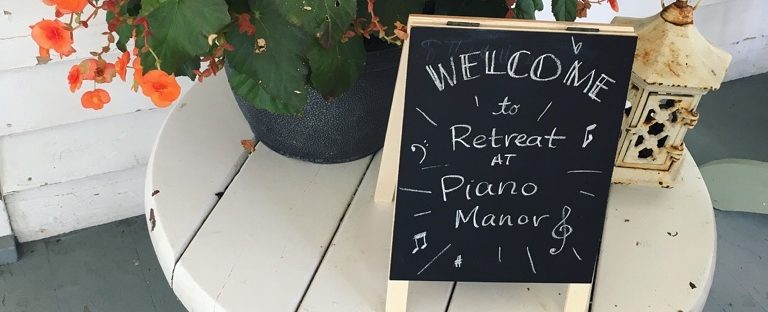
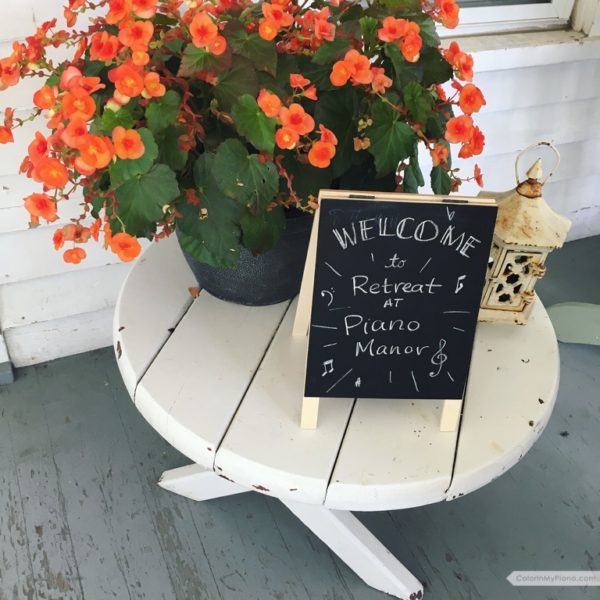
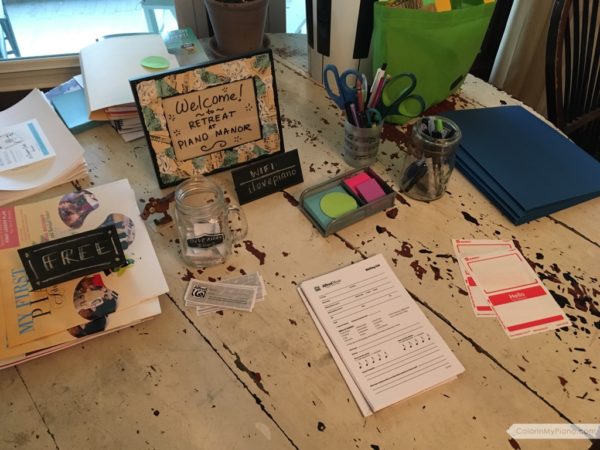
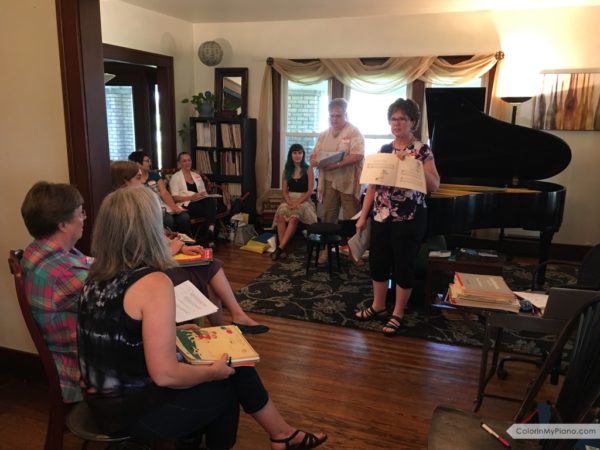

 As a piano teacher, you have probably been in the situation where you felt that using your favorite traditional piano method might not be the best choice for a particular new student’s situation.
As a piano teacher, you have probably been in the situation where you felt that using your favorite traditional piano method might not be the best choice for a particular new student’s situation.
 As the cover states, this thin volume is a “rapid piano reader.” Teachers who appreciate a landmark (aka interval) reading approach will appreciate the way this on-staff book begins: by teaching Bass F, Middle C, and Treble G. The book provides a solid, no-nonsense approach. I think it is a great book that truly leaves the teaching up to the teacher!
As the cover states, this thin volume is a “rapid piano reader.” Teachers who appreciate a landmark (aka interval) reading approach will appreciate the way this on-staff book begins: by teaching Bass F, Middle C, and Treble G. The book provides a solid, no-nonsense approach. I think it is a great book that truly leaves the teaching up to the teacher!

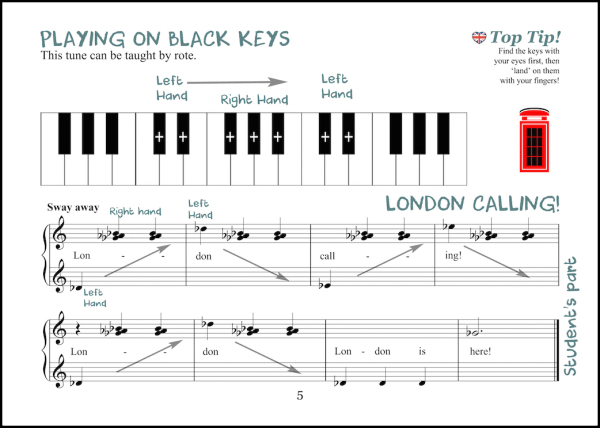

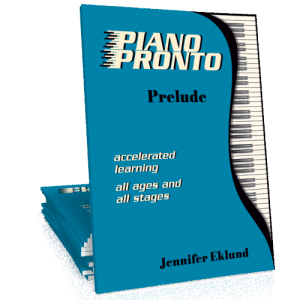 It is an all-in-one book. Lessons introducing new concepts, prep exercises to learn, and simple theory questions to answer are all included within the book. This makes it easier for the teacher to supplement
It is an all-in-one book. Lessons introducing new concepts, prep exercises to learn, and simple theory questions to answer are all included within the book. This makes it easier for the teacher to supplement